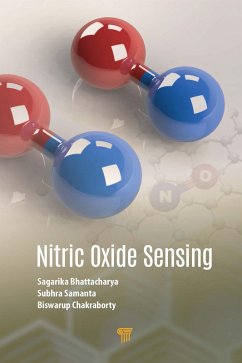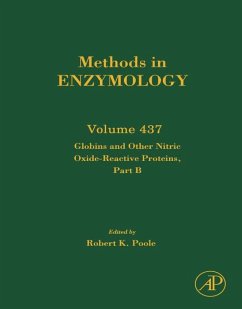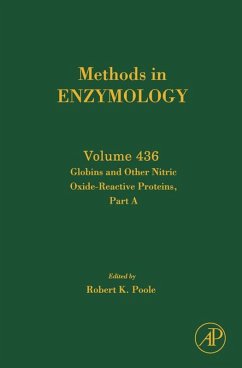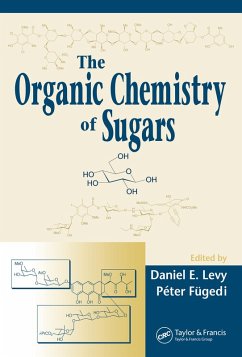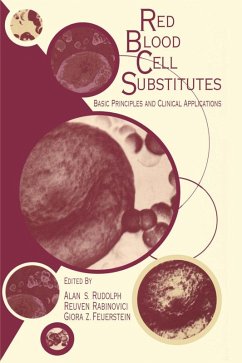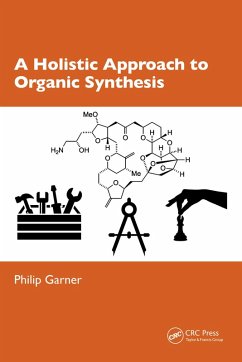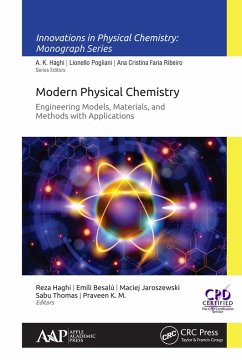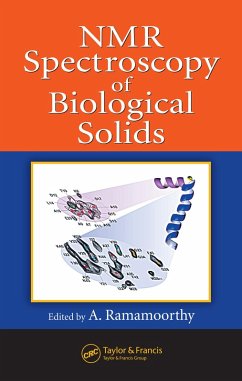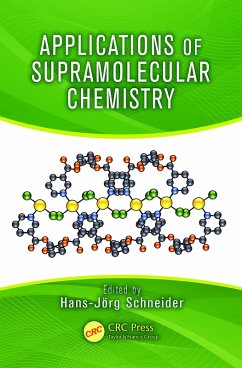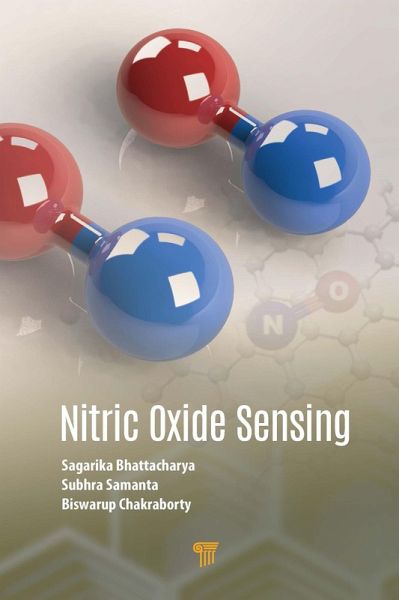
Nitric Oxide Sensing (eBook, ePUB)
Versandkostenfrei!
Sofort per Download lieferbar
114,95 €
inkl. MwSt.
Weitere Ausgaben:

PAYBACK Punkte
57 °P sammeln!
Although nitric oxide (NO) is an important biological signaling molecule, its free-radical electronic configuration makes it a most reactive molecule and the scariest colorless gas causing immense environmental and health hazards. Detection of NO levels in biological samples and in the atmosphere is therefore crucial. In the past few years, extensive efforts have been devoted to developing many active sensors and effective devices for detecting and quantifying atmospheric NO, NO generated in biological samples, and NO exhaled in the human breath.This book provides a concrete summary of recent ...
Although nitric oxide (NO) is an important biological signaling molecule, its free-radical electronic configuration makes it a most reactive molecule and the scariest colorless gas causing immense environmental and health hazards. Detection of NO levels in biological samples and in the atmosphere is therefore crucial. In the past few years, extensive efforts have been devoted to developing many active sensors and effective devices for detecting and quantifying atmospheric NO, NO generated in biological samples, and NO exhaled in the human breath.
This book provides a concrete summary of recent state-of-the-art small-molecule probes and novel carbon nanomaterials used for chemical, photoluminescent, and electrochemical NO detection. One chapter is especially dedicated to the available devices used for detecting NO in the human breath that indirectly infers to lung inflammation. The authors with expertise in diverse dimensions have attempted to cover almost all areas of NO sensing.
This book provides a concrete summary of recent state-of-the-art small-molecule probes and novel carbon nanomaterials used for chemical, photoluminescent, and electrochemical NO detection. One chapter is especially dedicated to the available devices used for detecting NO in the human breath that indirectly infers to lung inflammation. The authors with expertise in diverse dimensions have attempted to cover almost all areas of NO sensing.
Dieser Download kann aus rechtlichen Gründen nur mit Rechnungsadresse in A, B, BG, CY, CZ, D, DK, EW, E, FIN, F, GR, HR, H, IRL, I, LT, L, LR, M, NL, PL, P, R, S, SLO, SK ausgeliefert werden.




